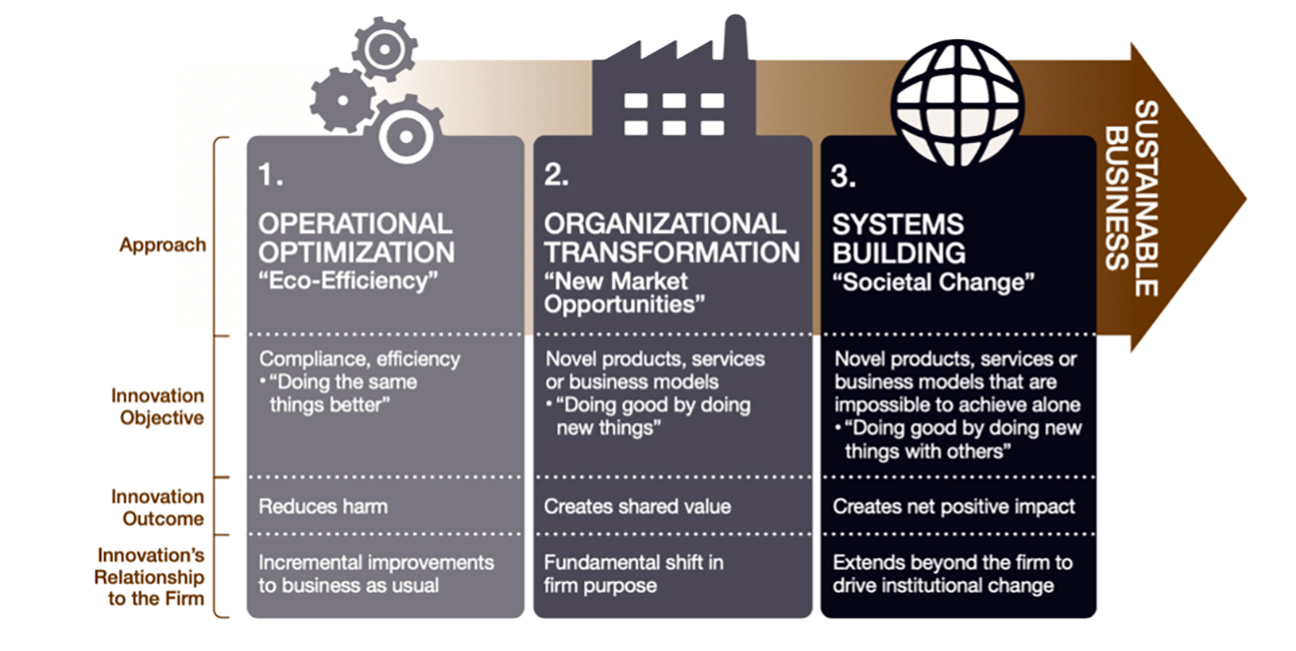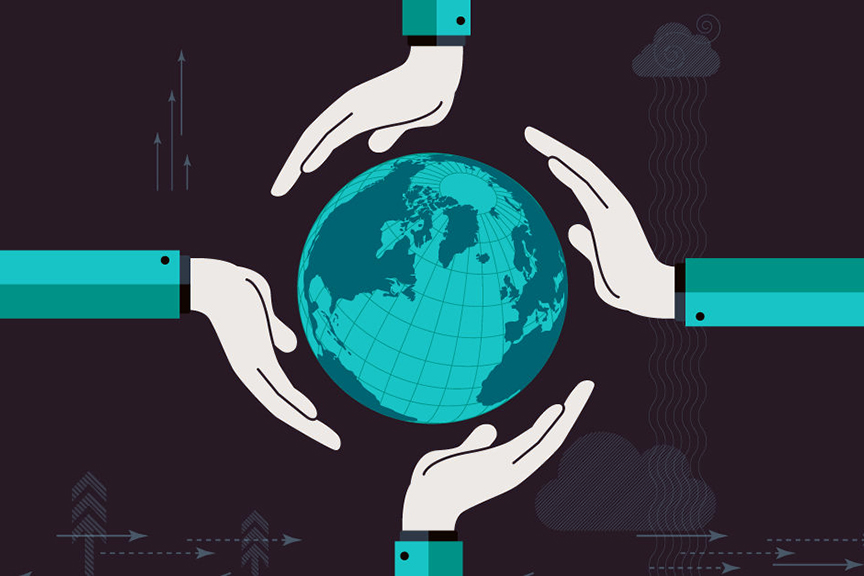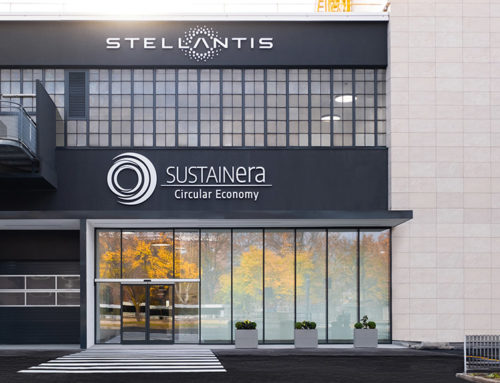Innovation stands as a powerful catalyst for change. It has the potential to not only accelerate but revolutionize environmental sustainability initiatives. Whether it takes the form of groundbreaking product development or transformative process enhancements, innovation is a cornerstone of achieving and surpassing sustainability goals that offer far-reaching positive impact on our planet.
The Role of Innovation in Sustainability:
Innovation and sustainability are inextricably linked, offering a synergy that can lead to profound change. Innovative product design can reduce environmental impacts by incorporating sustainable materials, enhancing energy efficiency, and extending product lifecycles. Companies that prioritize eco-friendly innovation set themselves apart and meet the growing demand for sustainable consumer choices.
Process innovation involves finding new and more efficient ways to produce goods or deliver services. It can lead to reduced resource consumption, waste reduction, and lower emissions. By optimizing their operations, companies can significantly lower their environmental footprint.
Breakthrough technologies, such as renewable energy solutions and advanced waste management systems, play a pivotal role in environmental sustainability. They offer cleaner alternatives to traditional practices and drive the transition to a more sustainable future.
Understanding consumer preferences and behaviors is critical. Innovations in marketing, packaging, and user experience can promote responsible consumption and encourage eco-conscious choices.

Innovative Companies Leading the Way:
Tesla, Inc.:
Tesla’s electric vehicles (EVs) have revolutionized the automotive industry. Their innovative battery technology has not only increased the adoption of EVs but also paved the way for sustainable transportation options.
Patagonia:
Patagonia’s “Worn Wear” program encourages customers to buy and sell used outdoor gear, promoting product reuse and reducing waste. This innovative approach aligns with their mission of sustainability.
Google:
Google is committed to operating with 100% renewable energy. Through innovative power purchase agreements and energy-efficient data centers, the company is redefining the tech industry’s approach to sustainability.
Circular Economy Leaders:
Companies like IKEA and Philips are embracing circular economy principles, reimagining products to be easily repairable, recyclable, or reusable. This shift toward sustainable design is at the core of their innovation strategies.
Innovation is the driving force behind environmental sustainability for companies. As businesses strive to meet and exceed their sustainability goals, they are harnessing the power of innovation to create products and processes that minimize environmental impact, reduce resource consumption, and promote responsible consumption.






